Riga Central Market: A Cultural Experience
This page contains affiliate links. This means that I get a commission if you purchase through my links, at no cost to you.
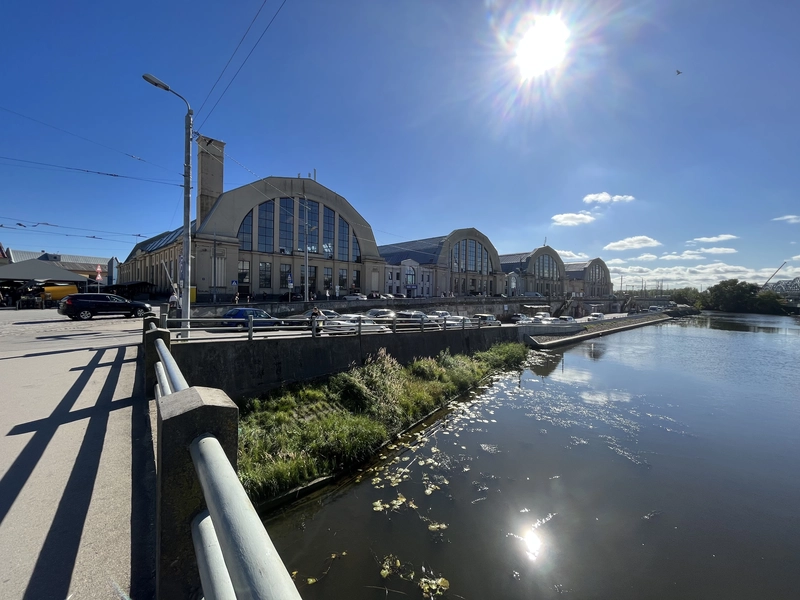
In Riga, the capital city of Latvia, is a place where you can experience real Latvian culture, just outside the Old Town.
Made out of 5 historical zeppelin hangars built by the Germans in World War I, the hangars now serve as one of Europe's biggest indoor markets.
The "Riga Central Market" consists of five pavillions — with each their own products — and a huge outdoor market.
The Central Market is the place in Riga where many locals get groceries. It's an ideal spot to immerse yourself in the local scene and get insight into Latvian life.
- Table of Contents
The Meat Pavillion
The first — and only one separated from the rest — serves as the meat hall. You can find anything meat-related here. And I really mean everything. From pig noses to half a pighead with the brains still inside.
Not something I would buy, but it definitely tells something about the Latvian history and culture. Nothing goes to waste, and even the weirdest things are used to make, for example, soup.
Inside the meat pavilion, you can also find a seating area where you can sit down to enjoy some Latvian cuisine.
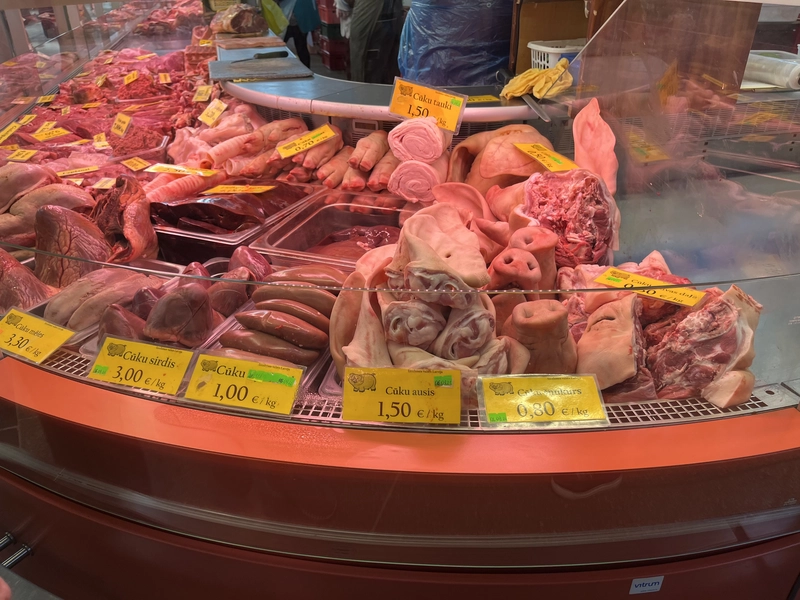
The Household, Vegetables, and Fish Pavillions
As I said earlier, the rest of the pavillions are separated from the meat pavilion, and these other four are all connected.
The first one on the left is the household pavillion. You can find products like soap, shampoo, clothes, toys, and bags here. But also plenty of souvenirs.
The second pavilion is my favorite one. Next to dairy products — like milk, cheese, and butter — and lots of honey, chocolate, and candy, you can also find a food court.
This food court has many different vendors selling (mostly) local dishes — think about pīrāgi, pankūkas (pancakes), and much more. Everything is freshly prepared, and it is a perfect place to try some local food and immerse yourself in Latvian cuisine.
Next to food, you can also buy plenty of drinks, from soft drinks to beer, wine, and vodka. If you like beer, I can recommend the local brewery called Labietis, in the middle of the food court. Ask the bartender for recommendations if the amount of choice is overwhelming. They are always up for a chat.
In the middle of the food court are some tables where you can sit down, enjoy your food, and talk to locals (or other tourists) — if that is something you enjoy.
The third pavilion houses an immense amount of vegetables, everything you can think of, and everything is fresh. Try some pickled cabbage (available in various flavors) to taste something typical Latvian.
Every day, all food pavilions are supplied with new products by the underground tunnels — that are unfortunately not open to the public.
The fourth and last pavilion is the fish pavilion — my least favorite because of the smell. Again, you can find everything you can think of.
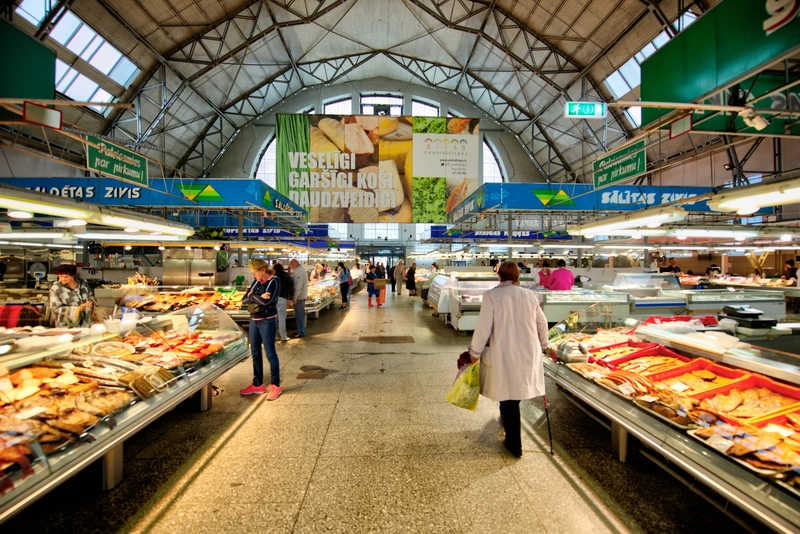
The Outdoor Market
Outside the pavilion is a huge outdoor market. It runs around the pavilions, and you can buy many different things here. From vegetables and mushrooms — Latvians love mushrooms — to clothes, shoes, bags, garden tools, and much more.
There is one notice for caution here, though. The outside market runs quite far from the pavilions. The farther you go, the shadier it becomes. I recommend avoiding this area at night, especially if you plan to visit the Latvian Academy of Sciences to watch the sunset over Riga.
Take a Guided Food Tour
Are you looking for an unforgettable experience in the Riga Central Market? Book a guided food tour with a local guide. Not only will you taste Latvian delicacies — Latvian bread soup, kvass, and more — but the guide will also tell you about the history of the market and why nothing goes to waste (remember the pig head I was talking about?)
It will be an experience you won't easily forget. Interested? You can book this tour through GetYourGuide. If you use my link, you will help me with this website, at no cost to you.
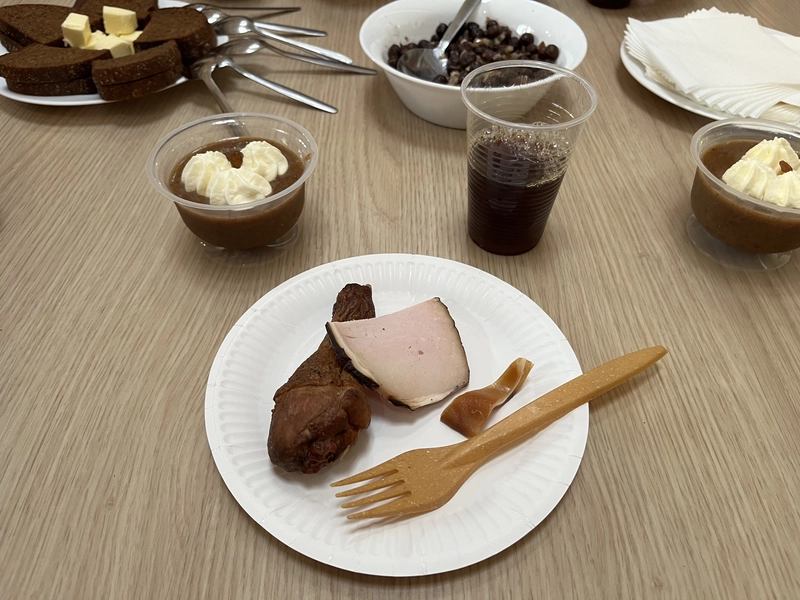
Latvian Delicacies That You Have To Try
If you’re visiting the Central Market, there are a few local delicacies you simply must try. Don’t worry, though—I won’t be suggesting pig brains!
Kvass
Kvass is a traditional fermented beverage from Eastern Europe. The exact origins are somewhat unclear, but it is believed to have been invented by Slavic and Baltic peoples.
Kvass is made by fermenting bread or grains, typically rye bread, with water and yeast. The result is a slightly alcoholic drink (0.5% - 1%) with a light sour taste.
In Latvia, kvass has a special place in culinary tradition and is often enjoyed alongside meals or as a thirst-quenching beverage.
You can get kvass in front of the Central Market at the bright yellow trailer. You cannot miss it. Or in the supermarkets in the soft drink section.
Riga Black Balsam
Riga Black Balsam is a traditional Latvian herbal liqueur that originates from 1752. There is an interesting story about its origin.
The story tells that Black Balsam was invented by a Latvian pharmacist named Abraham Kunze. According to the story, Kunze created a remedy for Catherine the Great of Russia, who nicknamed it "Black Doctor" or "Black Balsam."
Regardless of the origins, Riga Black Balsam has become a big part of Latvian culture and cuisine. It is often enjoyed as a digestive or mixed into cocktails, and its complex flavor, with notes of herbs, spices, and bitter-sweetness, has made it a national treasure.
The best place to try Riga Black Balsam is in the Black Magic Bar. You can do a tasting of all the flavors available at the moment. There are some limited-edition flavors, so the selection is subject to change.
Be aware that the original version has an alcohol percentage of 45%, while the others — black currant, cherry, and limited editions — have a slightly lower 30%.
The best price you can get for Riga Black Balsam is at the Riga Central Market. The prices here are much lower than at the souvenir and liquor stores in the rest of Riga.
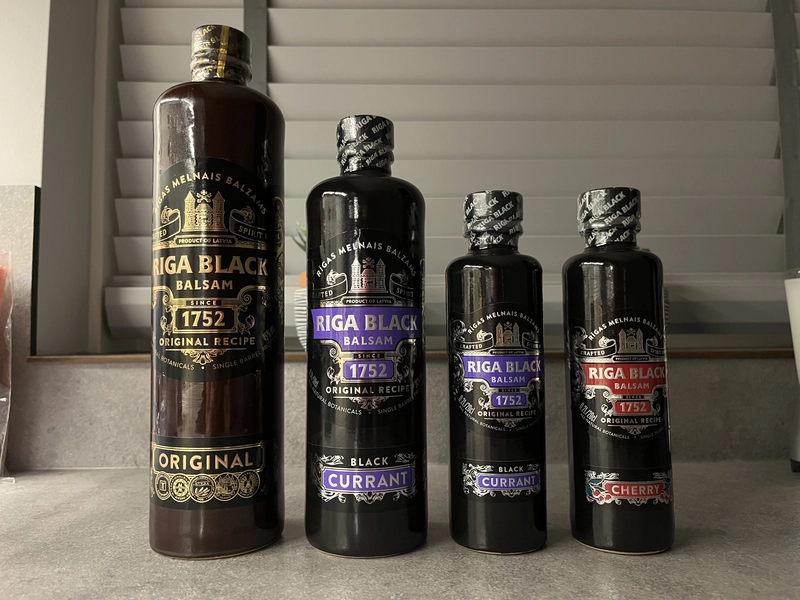
Maizes zupa
Maizes zupa, also known as Latvian bread soup, is a traditional Latvian dish and is eaten mostly as a dessert. It is made primarily from rye bread, water, and sweeteners such as sugar or honey, with the addition of fruits like dried fruits, apples, or cranberries, and sometimes topped with cream or sour cream.
Rye bread has been important in Latvia for centuries due to the ability of rye to grow in harsh climates and poor soil conditions. During times of scarcity, Latvians repurposed stale or leftover bread into soups or porridges, ensuring the most from their food supply.
Over time, it became a popular comfort food enjoyed by Latvians throughout the year.
Today, maizes zupa still is a popular dish in Latvian cuisine. The simple but satisfying flavors and connection to Latvian cuisine make it a dish you must try when visiting Riga.
You can get maizes zupa in the local supermarkets and most restaurants with Latvian cuisine.
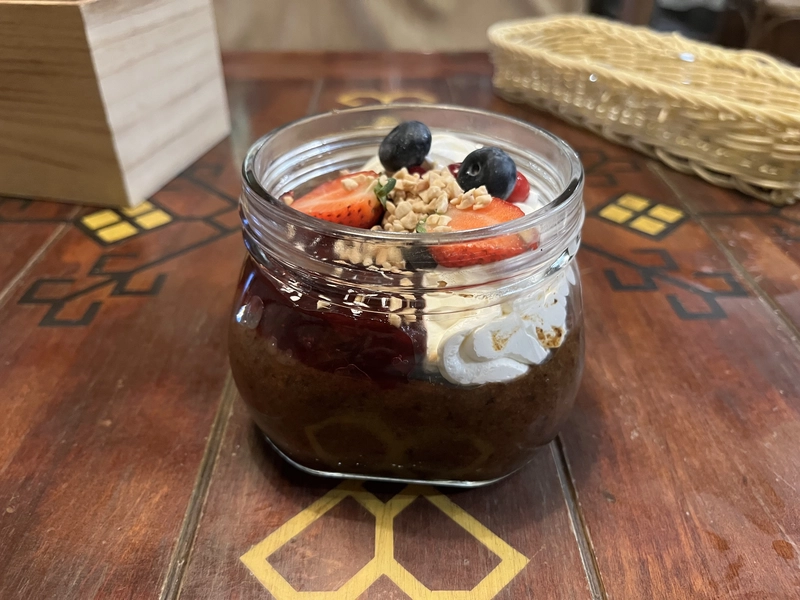





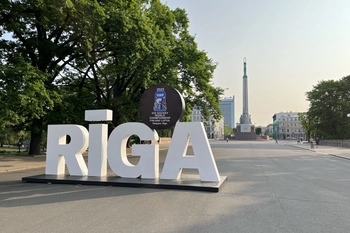
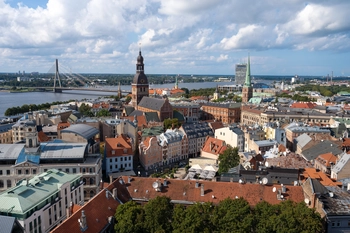
Leave a Comment
Your email address will not be published. Required fields are marked *